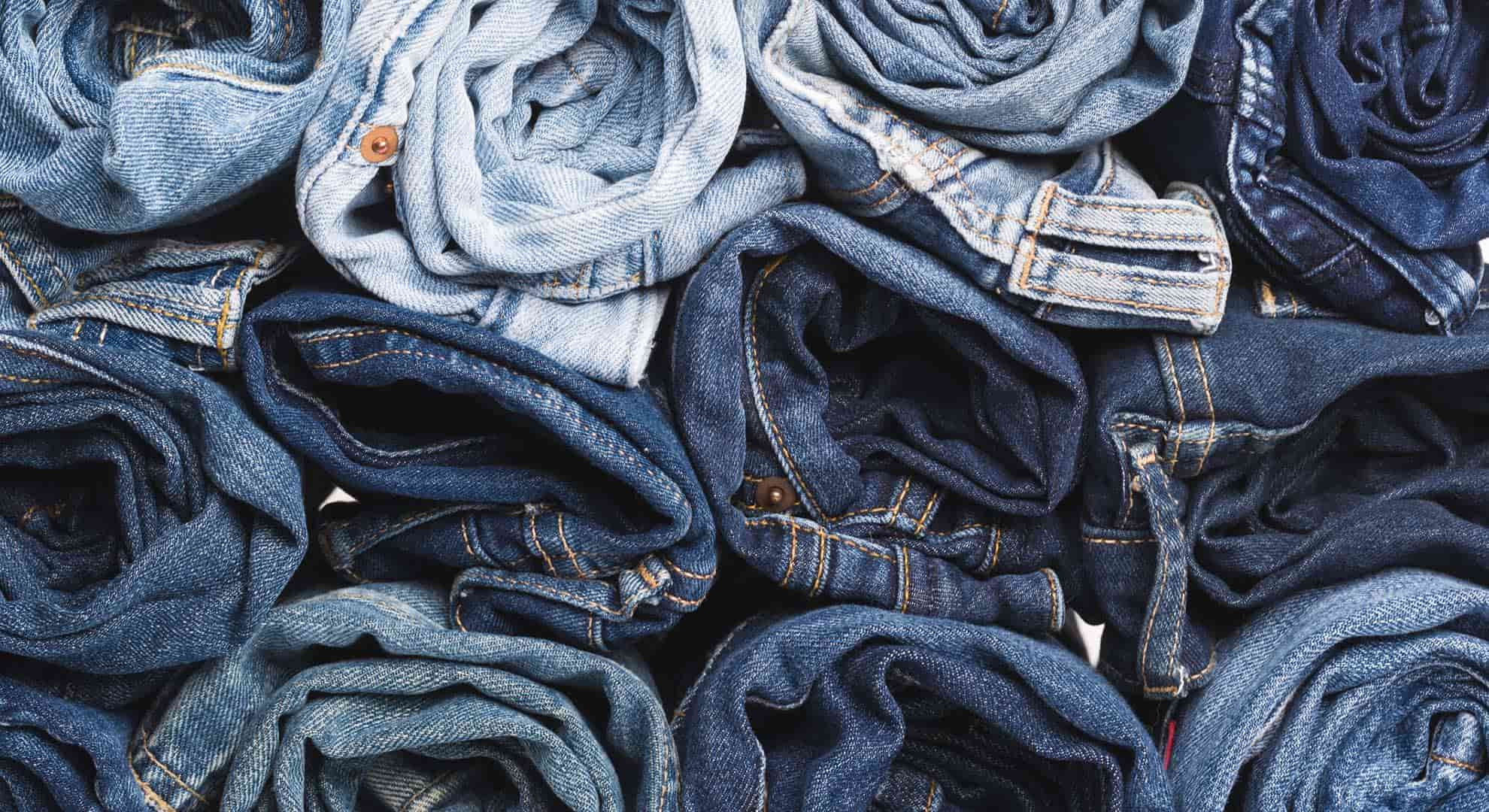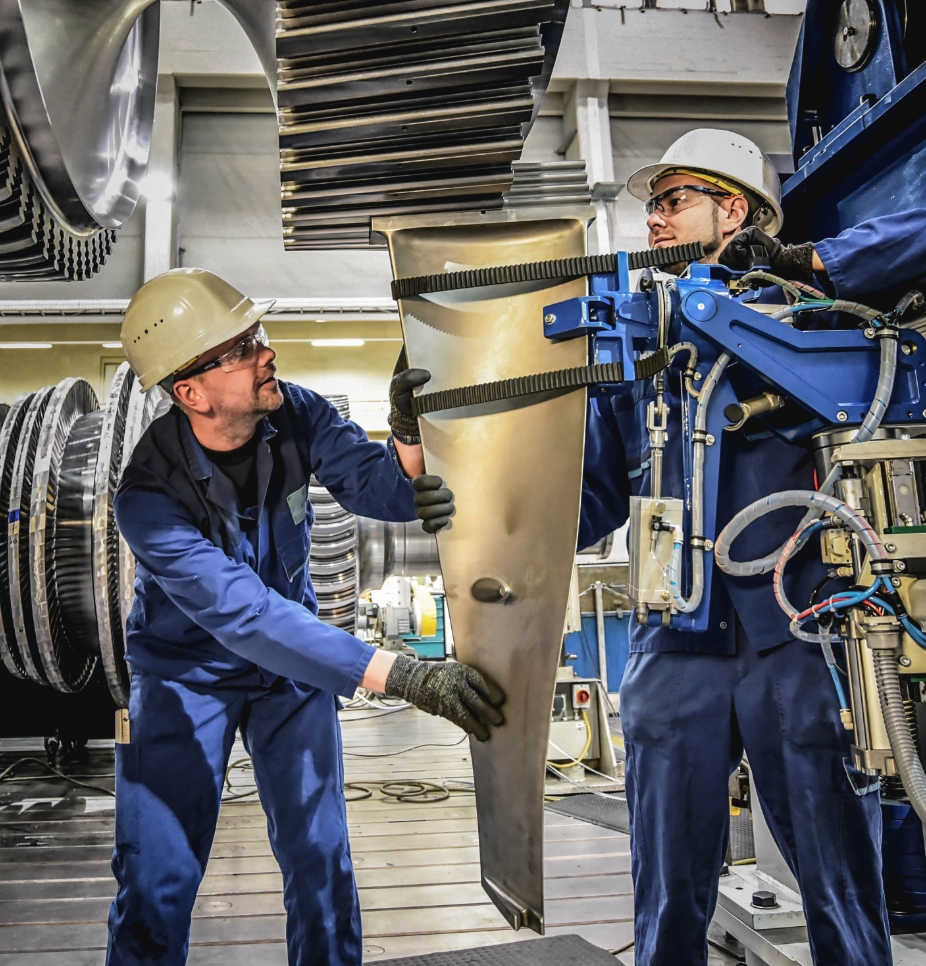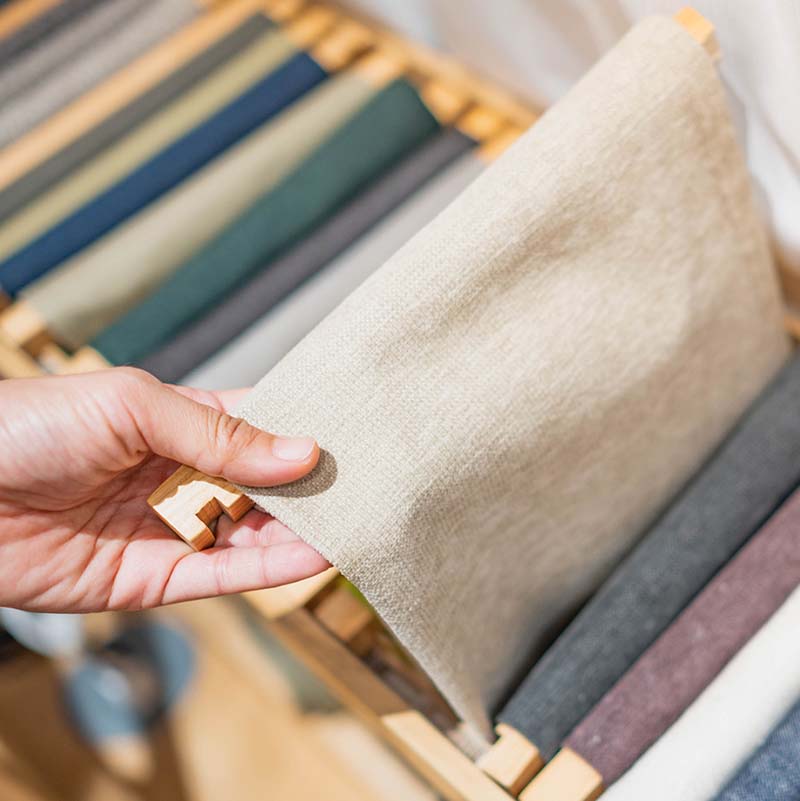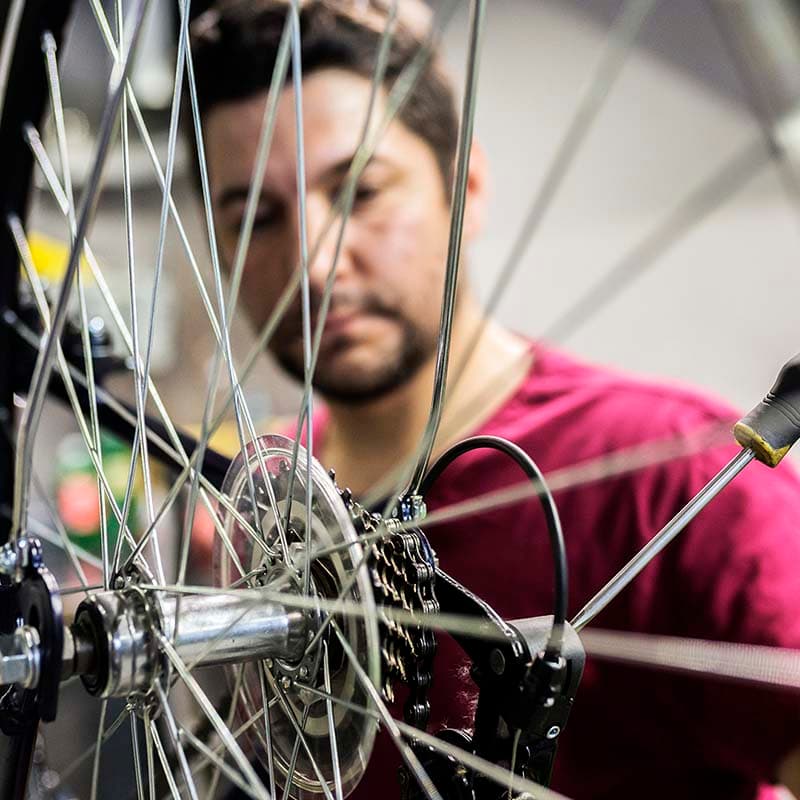
Top ideas for circular textiles
The challenges around textiles are significant. Zero Waste Scotland’s Carbon Metric shows us that textiles are responsible for the highest proportion of carbon emissions from our household waste in Scotland, making up 32% of the carbon impacts, despite being only 4% by weight. And across the UK we throw away £140m worth of clothes and textiles each year.
This is why we need circular approaches. We need business models that encourage much more responsible consumption of textiles, and ones that allow old clothes to be turned back into new ones. We also need to start using more sustainable materials, as around half of our clothes are currently made of plastic.
We’re already seeing great strides being made here in Scotland, as well as around the world, and I could wax lyrical about the amazing work these individuals and businesses are doing for days. But, instead, I’ve plucked some of my top three picks of inspiring projects that might just spark some great ideas for anyone thinking of applying to the fund.
Despite making up only 4% of the waste we bin and recycle, textiles accounts for nearly a third of the carbon impacts of Scotland's household waste.
Share on
Mud Jeans
Jeans tend to be a staple for all genders and age groups, but did you know the environmental impact of making denim is huge? Enter Mud Jeans, who take a very different approach to most manufacturers - they use a circular process. It starts with reducing the production impacts as much as possible by using organic and sustainably produced materials.
Lots of companies are starting to do this step, but Mud go further by offering jeans to buy or lease to their EU customers. Customers can send them back when they are damaged or no longer fit and salvageable pairs are upcycled into their vintage range or sent for closed-loop recycling back into a new pair.
Circular.Fashion
Some of the biggest game changers for disrupting established models in the last decade or so have come from the tech space, with online platforms like eBay, Gumtree, Vinted, etc, transforming the reuse market.
Circular.Fashion is a tech platform that makes it easier for textile brands to adopt circular business models. Their software systems gives brands access to libraries of materials that lend themselves to recyclability, provides design guidance to create products made for durability and end-of-life disassembly.
It also gives access to a system to attach a ‘circular ID’ to the product which tells the consumer how to dispose of it at end of life so that the materials can be recovered as efficiently as possible. This approach helps to maximise the amount of textiles that can be kept in use as clothing instead of being downcycled into low-value materials or lost altogether.
IndiNature
The world of textiles isn’t all about clothes, of course. Every building in Scotland will (or should!) have some form of insulation in it, but most forms of insulation are made from high carbon materials and are not easily recyclable. IndiNature produce natural fibre insulation from fast-growing, renewable and abundant natural materials which can be reused, reprocessed, recycled or composted at the end of life rather than ending up in landfill.
Their hemp-based product is not low carbon or even carbon neutral – it goes one better by being carbon negative and actually stores carbon. They also employ a crucial circular economy principle - design for disassembly, meaning the insultation panels are easy to take apart at the end of building’s life and can be much more easily reused.
These are just a few examples of the creative ways companies are changing the way textiles are used – helping them become more circular, so that we can keep the material in high-value use for longer.




